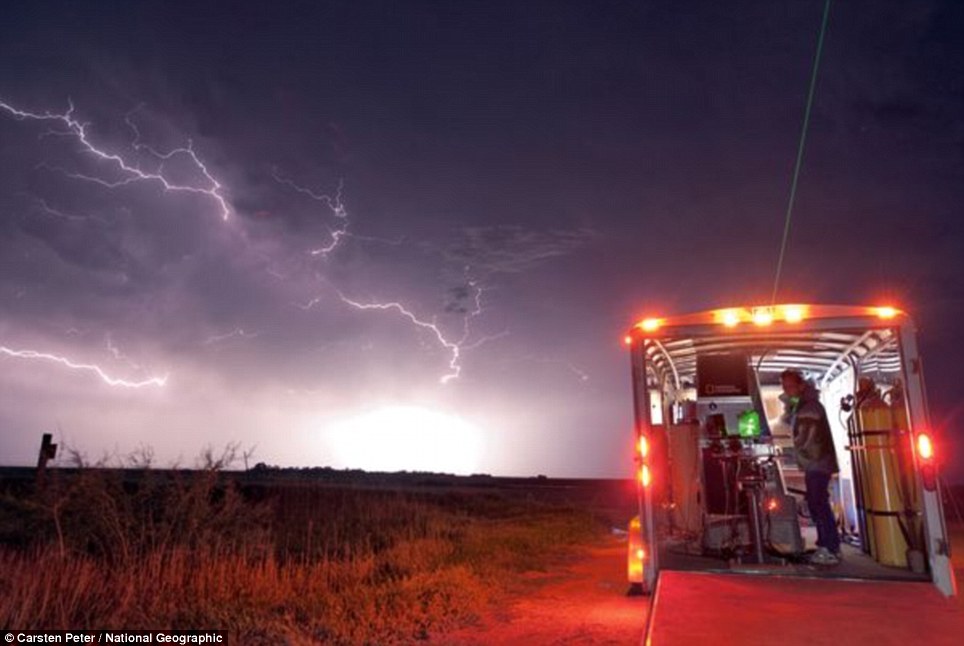Project 1
Project 1B: Chasing a Thundercloud
You and your group are a team of storm chasers tracking a massive thundercloud moving across the plains and into the mountains beside the town of Lakeview. You grab your handy-dandy high voltage probe (like this one) and radio, then drive from your headquarters 250 m until you are directly under the storm cloud. Thankfully, your team already calibrated the voltmeter to 0 V when the storm cloud was very far away. From your training, you know that if the electric field is bigger than 3 MV/m (also called the dielectric breakdown of air), the air will become a conductor and lightning will strike. You need to determine if a) you are safe from lightning under the thundercloud and b) if the lightning rod on top of the storm-chaser headquarters will be hit. The master storm chaser and part-time civil engineer, Edric Storm, tells you that the storm-chaser headquarters is 200 m tall.
Learning Goals - Project 1B:
- Understand what the $\vec{r}$ is, how to calculate it, and how it relates to $\hat{r}$
- Become familiar with the ideas of electric field and electric potential
- Explain the differences between electric field and electric potential
- Explain how electric field and electric potential are related
